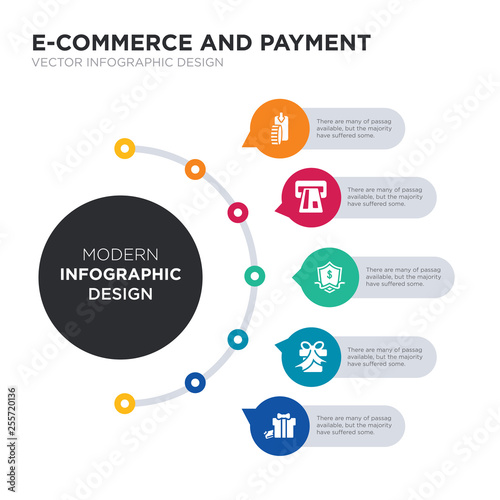Engraved glass is a kind of enhanced glass wares that entails shallowly inscribing the surface area of the glass. The etching differs from cut glass, which is made by using a sawing motion to develop forms in the glass.
Laser etching can generate finely etched images on glass, however the outcome can usually really feel rough to the touch due to small shards of glass staying externally. Amy shares some methods she has actually learned from working with Epilog lasers to prevent these problems:
1. Hang it on the Wall surface
Generally, individuals reward glass for its elegance and elegance. However, it is a heavy and delicate material to deal with and need to be very carefully taken care of in order to maintain the item for years to come. To display your engraved glass, look for hooks, brackets or mounts that are specifically developed for this function. These can be discovered at hardware or art supply stores.
To minimize the possibility of damage to your glasswork, apply a dampened single layer of paper towel to the surface. This will avoid air bubbles or overlaps from affecting the etching result.
One more choice is to utilize application tape. This will also assist in decreasing the surface area of your workpiece from becoming rough. Additionally, you can experiment with different visuals handling setups for laser inscription glass. As an example, you might discover that a higher power setting works better with a lower dpi, as this can lessen the opportunities of sharding. You can additionally attempt transforming solid areas of fill to grayscale, as this will decrease the heat influenced area.
2. Position it on a Table
Glass inscriptions add an advanced want to any space and can be made use of for a selection of objectives. To make your glass inscriptions stand apart, think about frosting the surface or adding a paint fill to intensify the layout's exposure.
Before running a laser etching task, it is essential to test the rate and power setups on the kind of glass you will be using. These refinements will certainly enable your device to produce the look you desire while lessening dangers of errors and breakage.
Including dampened paper towel or application tape to the surface area of your workpiece prior to lasering can aid with warm dissipation, avoiding the glass from becoming harsh.
You can additionally try changing your visuals shade to 80% grayscale in order to further separate the dots and lower any type of fracturing that may occur throughout the etching process. By incorporating these methods, you can accomplish near perfect outcomes on a vast array of glass products.
3. Place it on a Stand
The procedure of laser engraving glass requires a large amount of accuracy. Engraving on bent surface areas like bottles and stemless glass is particularly challenging as a result of imbalance issues. A jig or clamp aids to support the object and make certain appropriate positioning.
It's also important to select a high-contrast design with vibrant lines and clear sides for the best outcomes. Utilizing software devices to adjust comparison and brightness can aid accomplish these goals. On top of that, it's a great idea to check your designs on scrap glass prior to etch the real product.
Adding a layer of dark paper to the surface area of the glass before inscribing decreases damaging and enhances the overall high quality of the final product. In addition, a dampened single-layer of paper towel externally of the glass can reduce results from warm on huge surface areas. A rotary accessory is also suggested for round items, such as containers. This tool assists to stabilize the work surface, reducing resonances that can affect the precision of the laser's alignment.
4. Put it on a Floor
A basic means to show personalized glass is by putting it on the flooring. This will offer the engraving an extra dramatic impact, as it will be visible from all instructions. Engraved glass can additionally be hung from a ceiling for an even more special effect.
While standard methods of etching glass call for physical contact and might damage the surface, laser etching is a non-contact procedure that allows for the production of intricate and in-depth designs. Epilog Laser devices are straightforward and come with user-friendly software that makes it simple for any person to create an unique imaginative design.
Before lasering, the glass needs to be cleaned completely. Using a thin layer of unmixed dish soap to the location that is minimalist glass art mosting likely to be etched will aid prevent damage from warmth, as it dissipates the energy produced throughout the inscribing process. Furthermore, making use of the rasterization type "Purchased Dithering" in your laser software program will certainly decrease the possibility of any kind of rough areas on big surface areas and will improve general quality.
